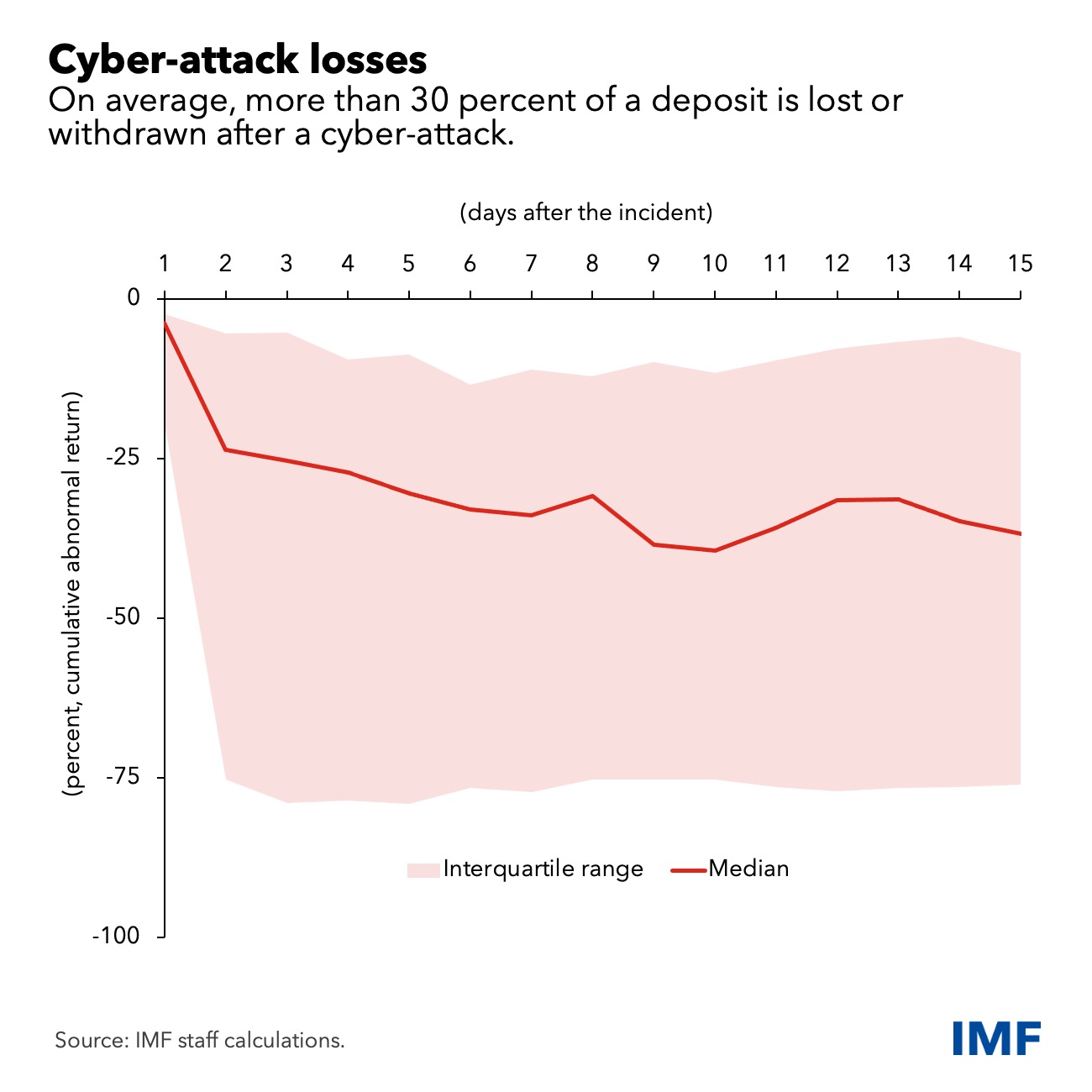Technology sometimes moves at a dizzying pace. When it comes to innovation in financial activities, often referred to as FinTech, the world is seeing major advances. For banks, FinTech disrupts core financial services and pushes them to innovate to remain relevant. For consumers, it means potentially wider access to better services. Such changes also raise the stakes for regulators and supervisors—while most individual FinTech firms are still small, they can scale up very rapidly across both riskier clients and business segments than traditional lenders.
This combination of fast growth and increasing importance of FinTech financial services for the functioning of financial intermediation can come with system-wide risks, which we cover in our latest Global Financial Stability Report.
Adding risk
Digital banks are growing in systemic importance in their local markets. Also known as neobanks, they are more exposed than their traditional counterparts to risks from consumer lending, which usually has fewer buffers against losses because it tends to be more uncollateralized. Their exposure also extends to higher risk-taking in their securities portfolio, as well as higher liquidity risks (specifically, liquid assets held by neobanks relative to their deposits tend to be lower than what would be held by traditional banks).
These factors also create a challenge for regulators: the risk management systems and overall resilience of most neobanks remain untested in an economic downturn.
Not only do FinTech firms take on more risks themselves, they also exert pressure on long-established industry rivals. Look for instance at the United States, where FinTech mortgage originators follow an aggressive growth strategy in periods when home lending is expanding, such as during the pandemic. Competitive pressure from FinTech firms significantly hurt profitability of traditional banks, and this trend is set to continue.
DeFi activities mainly occur in crypto-asset markets, but growing adoption by institutional investors has strengthened the links to traditional financial institutions. In some economies, DeFi is helping to accelerate cryptoization, in which residents embrace crypto assets instead of the local currency.
Stepped-up regulation
As more financial-services activity moves from regulated banks to entities and platforms with little or no oversight, so do the associated risks. Despite FinTech stepping in to challenge traditional banks on their own playing field, they bring more than competition. In fact, the two often remain intertwined, including through the provision of liquidity and leverage by banks to FinTechs.
These pose challenges for financial authorities in the form of regulatory arbitrage (in which firms move or set up operations in less-regulated sectors and regions) and interconnectedness that may require supervisory and regulatory action, including better consumer and investor protection.
Policies that target both FinTech firms and traditional banks proportionately are needed. This way, the opportunities that FinTech offers are fostered, while risks are contained. For neobanks, this means stronger capital, liquidity, and risk-management requirements commensurate with their risks. For incumbent banks and other established entities, prudential supervision may need greater focus on the health of less technologically advanced banks, as their existing business models may be less sustainable over the long term.
The absence of governing entities mean DeFi is a challenge for effective regulation and supervision. Here, regulation should focus on the entities that are accelerating the rapid growth of DeFi, such as stablecoin issuers and centralized crypto exchanges. Supervisory authorities should also encourage robust governance, including industry codes and self-regulatory organizations. These entities could provide an effective conduit for regulatory oversight.








